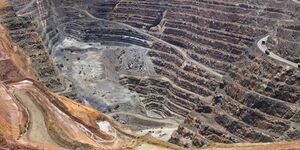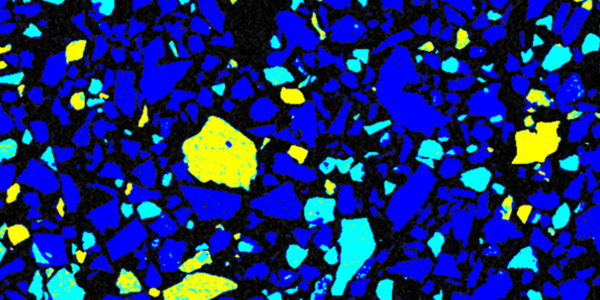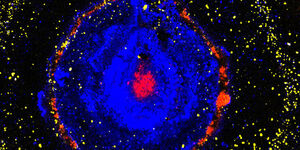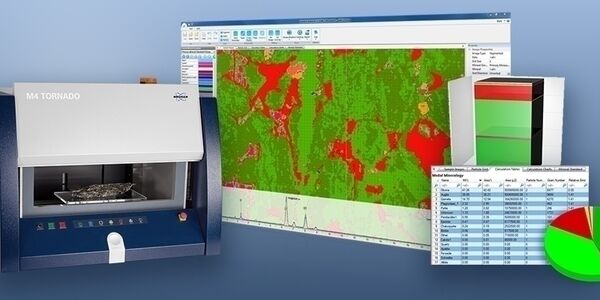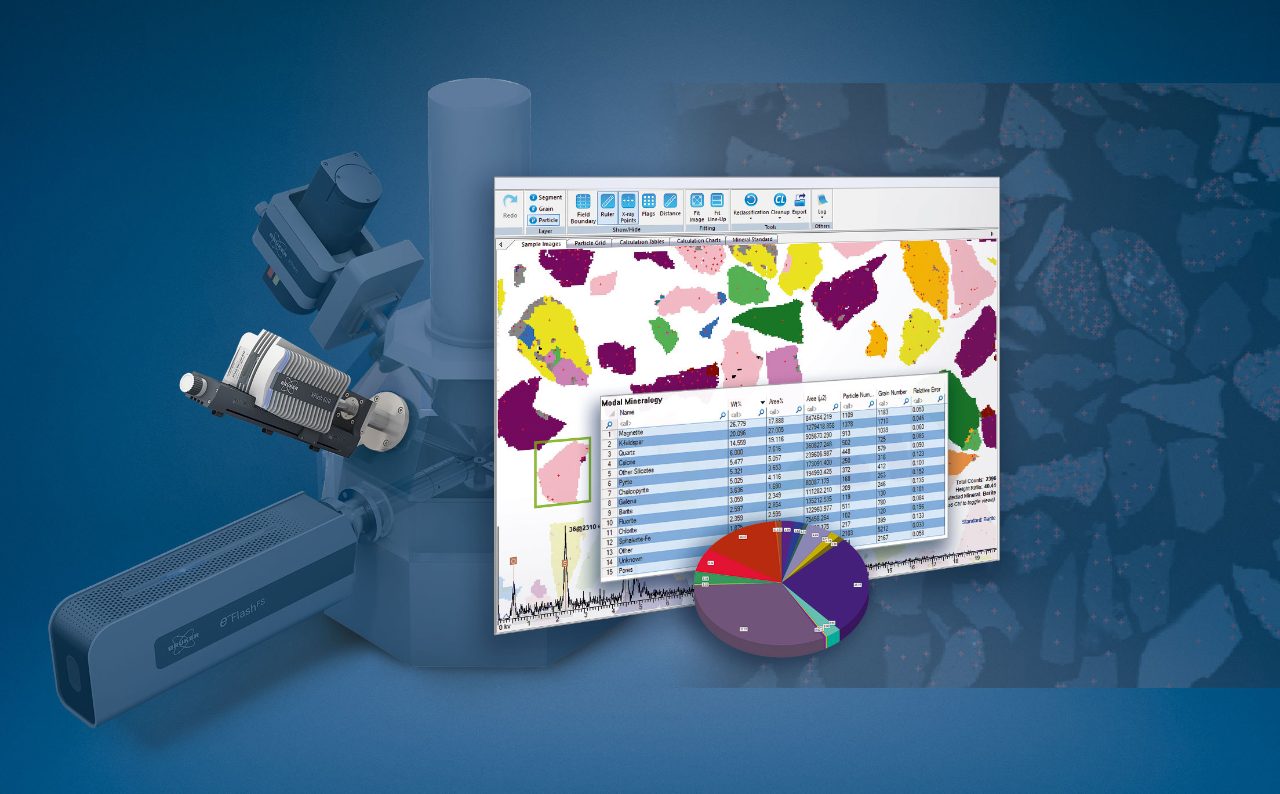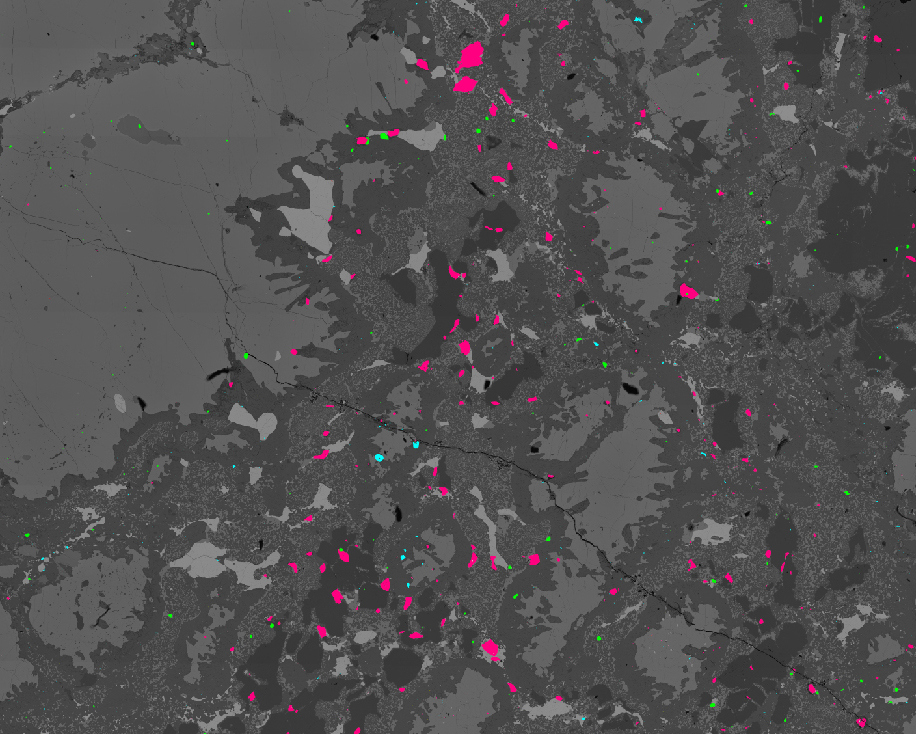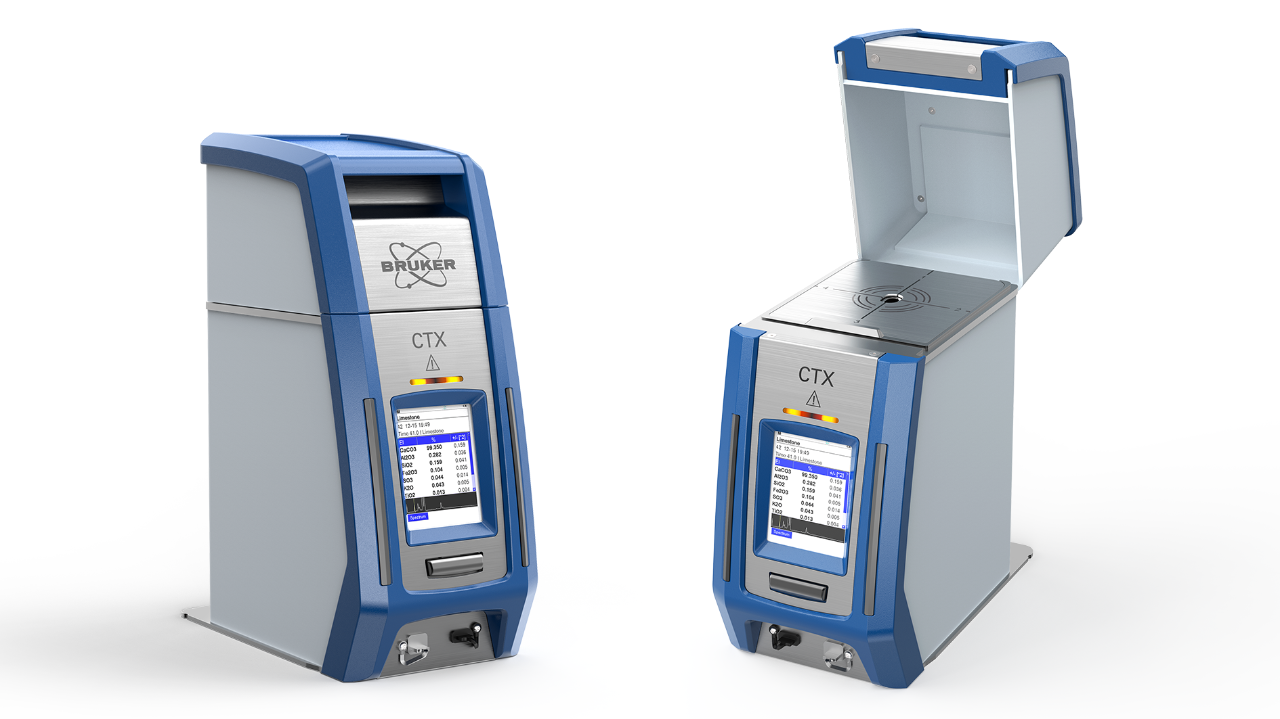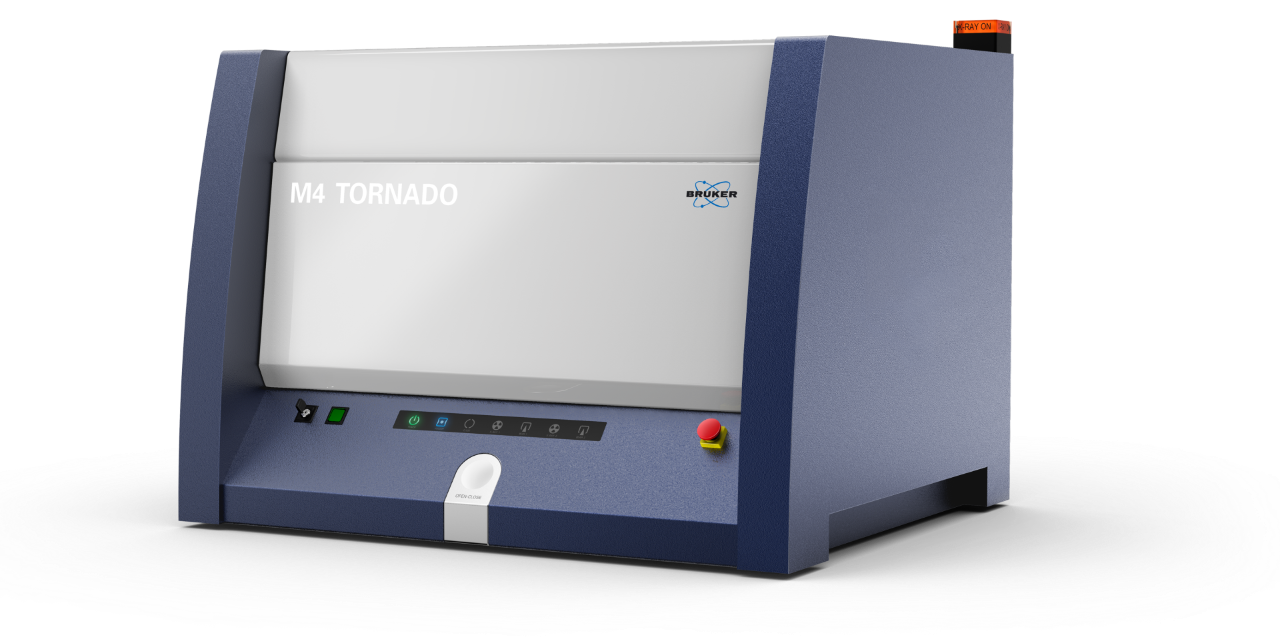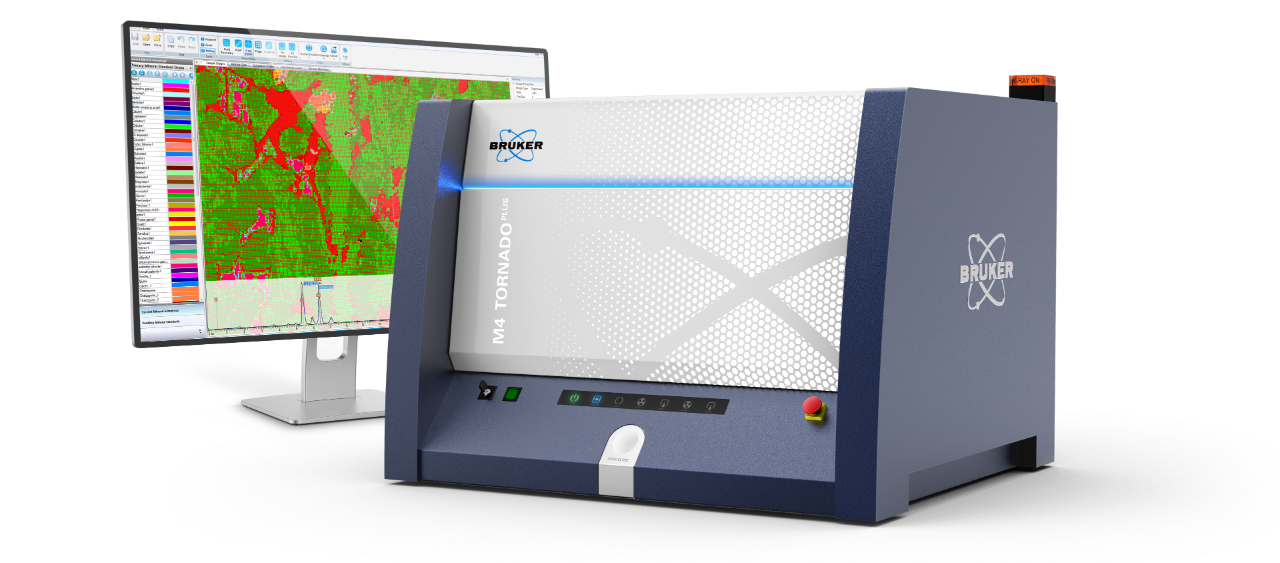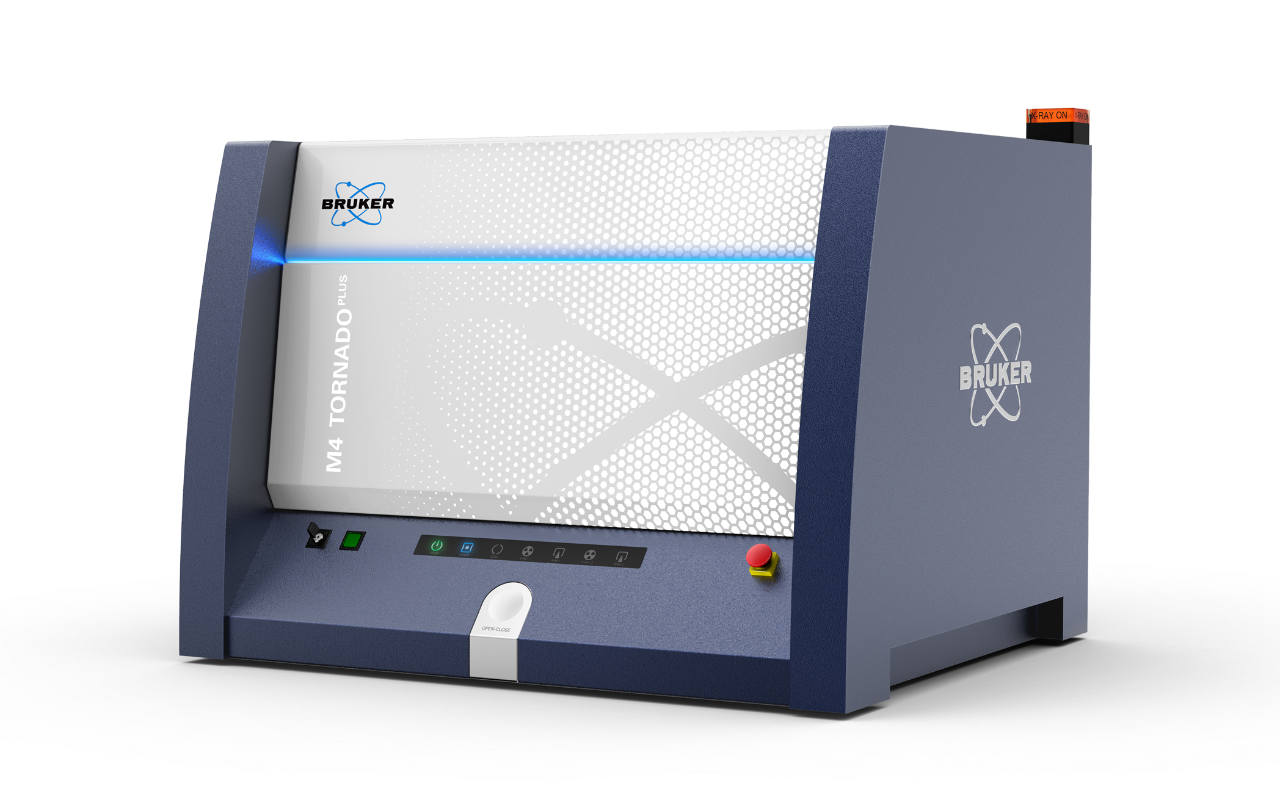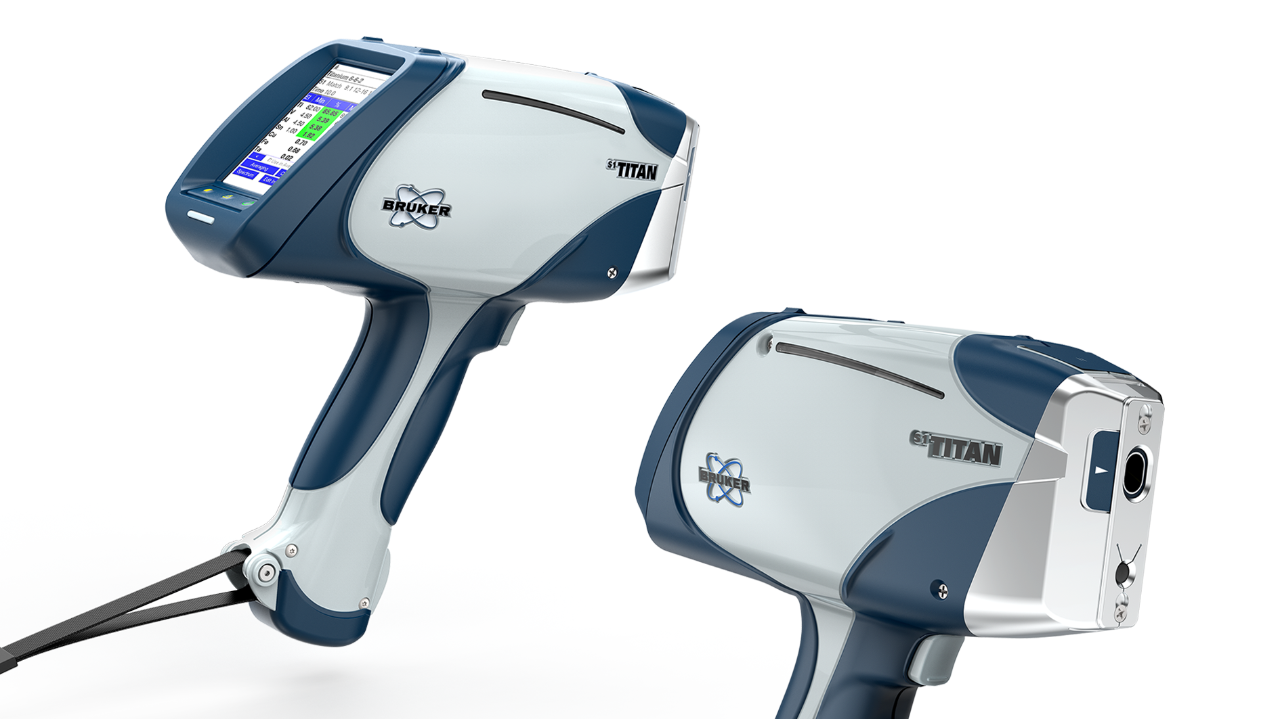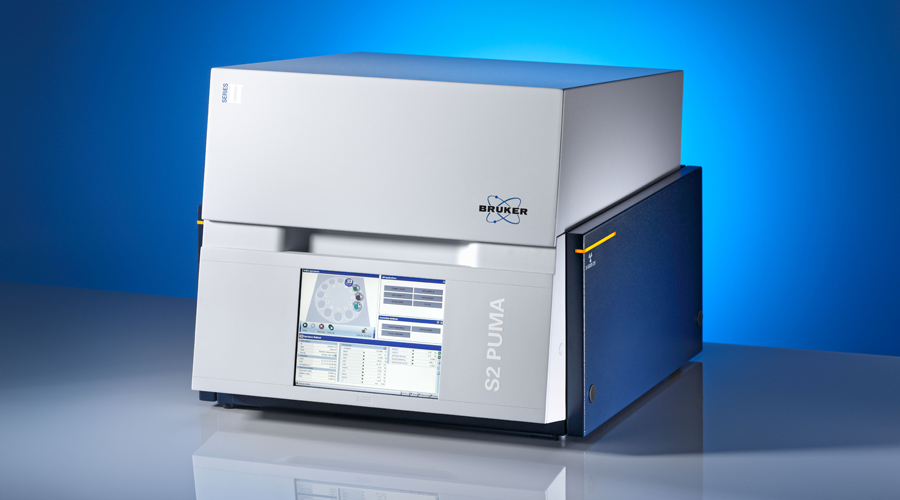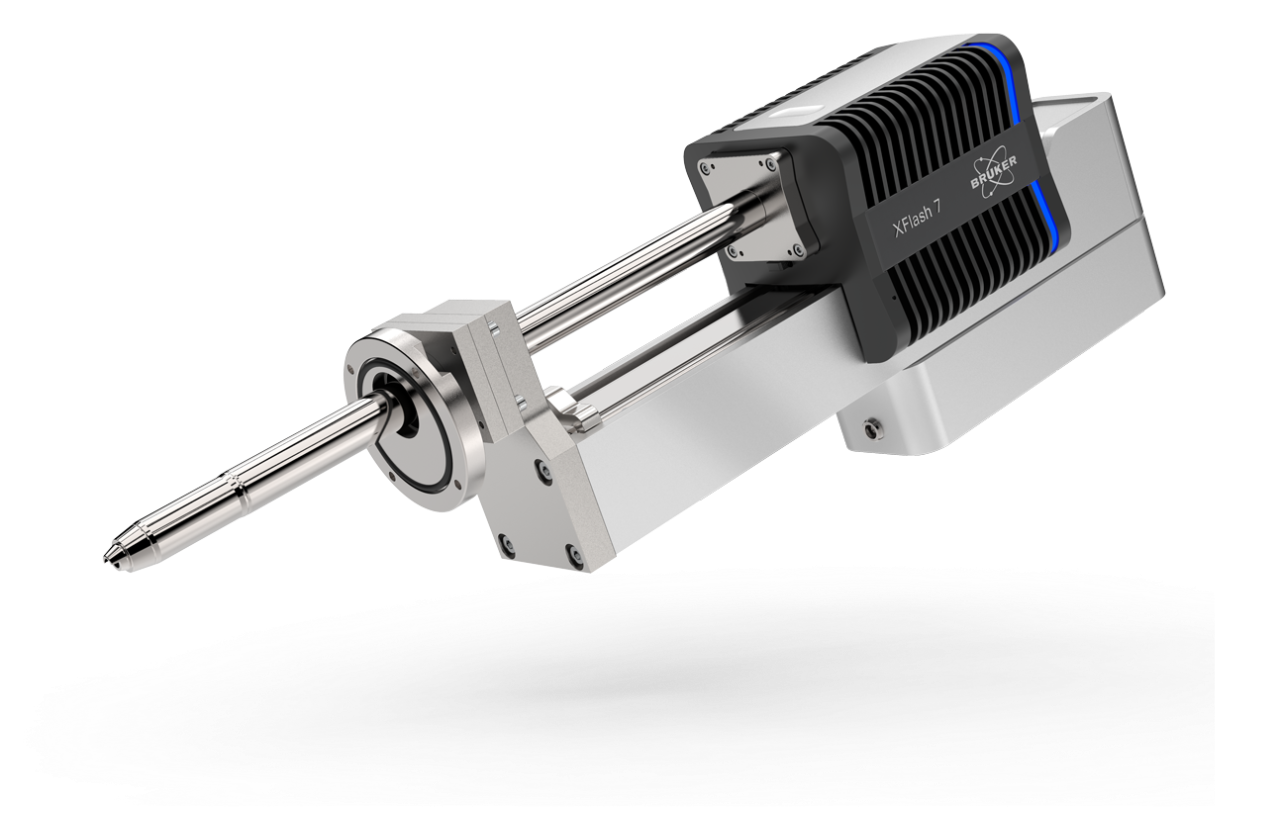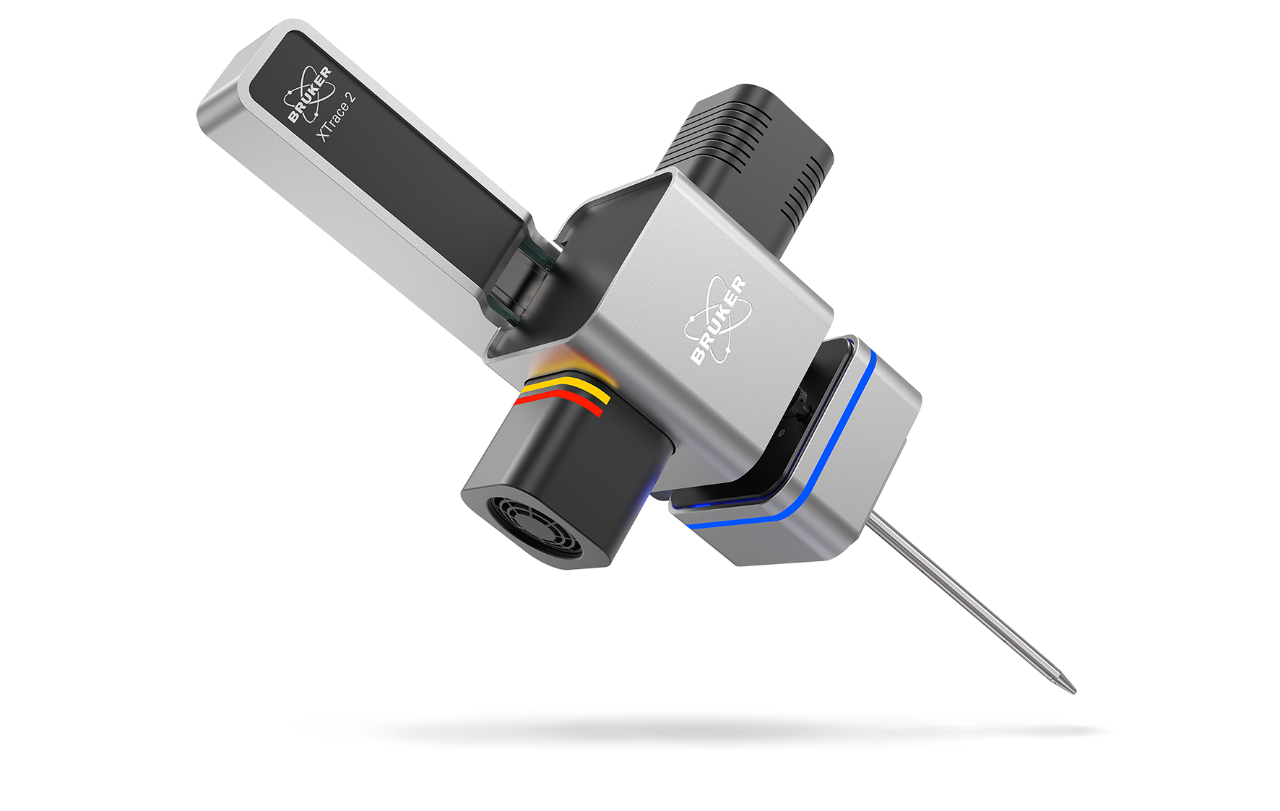

Pathfinder & Indicator Minerals in Exploration
Indicator Minerals
With the costs of mineral exploration ever increasing so do needs for robust approaches to evaluating regional prospectivity and improved target refinement. Pathfinder and indicator minerals provide a means to evaluate large areas for their mineral potential and eliminate likely barren areas from consideration before expending further on drilling.
Bruker is actively working with industry leaders to develop new approaches for analysis that allow improved mineral identification and compositional characterization workflows. Understanding that accurate data allows upscaling to metallogeny models at the district-scale and beyond, Bruker is committed to building instrumentation and software that produces the right data outputs for any program. Bruker systems allow any company to eliminate impediments presented by a lack of analytical expertise, with solutions designed for in-house laboratories and regional exploration offices. Bruker’s worldwide geology team can help find the appropriate solution for all regional exploration needs.
Resistant Mineral Indicators of Regional Prospectivity and Fertility
Magmatic and hydrothermal minerals that are resistant to weathering and so end up in soil, till or stream sediments are increasingly targeted in mineral exploration as tests for overall district or regional prospectivity or vectors to mineralization. Key trace element contents of dateable minerals such as zircon, apatite, titanite and rutile provide windows into source magma chemistry, including crystallization temperatures, degree of fractionation, water content, and oxidation state, with geochemical data that ties directly to the age of sources rocks and their associated magmatic events. Resistant minerals formed during mineralizing events provide direct evidence for the exposure of hydrothermally altered zones within a water shed or upstream of glacial deposits, with their chemistries pointing toward mineralized versus barren environments or even discriminating between deposit types.
Bruker provides solutions to the different analytical needs of resistant indicator mineral (RIMS) exploration programs:
- M4 TORNADO and M4 TORNADO PLUS micro-XRF provides rapid scanning of minimally prepared samples to provide spatially located geochemical data. Scan unpolished or coated scatter mounts of loose sediment or soil samples, crushed or intact rock, using geochemical proxies to identify minerals or integrate maps to calculate bulk compositions.
- AMICS Automated Mineralogy for M4 TORNADO micro-XRF and Scanning Electron Microscope allows two levels of mineralogical identification and characterization. M4 TORNADO AMICS provides rapid scanning and evaluation of loose samples without the need for polishing or conductive coating, providing first order data to be fed back into decision making, and screening for further analysis. AMICS for SEM is a more traditional automated mineralogy approach working with polished samples, but with advanced data collection and reduction capabilities of Bruker's AMICS software. AMICS for SEM and M4 TORNADO are fully compatible allow both solutions to work in tandem.
Mineral Indicators of Distal Alteration Footprints
Alteration vectoring and fertility screening represent early-stage exploration techniques that have application where exposures are limited or where exploration is dealing with partial or extensive cover. Designed to access low-level geochemical anomalies preserved in alteration minerals, the technique aims to detect alteration even at significant distance from a mineralized center, to vector toward and assess distance to the target, and evaluate potential fertility or endowment. Common target minerals include epidote and chlorite in the "greenrock" environment, alunite or clay minerals to aid vectoring in lithocap environments, or white micas, which may occur in the distal reaches of alteration zones but give clues to deposit type, alteration zone, proximity, and fertility.
Bruker analytical solutions allow our customers to focus on their exploration needs and refine their targeting and vectoring strategies.
- M4 TORNADO and M4 TORNADO PLUS micro-XRF provides rapid scanning of drill core, RC chips and sediment samples to generate geochemical maps and identify alteration minerals. Integrate area scans to calculate accurate bulk compositions, or from sub-domains selected from within maps to compare compositions in heterogeneously altered rocks. Data exports can be integrated with existing geochemical modeling programs for calculation of alteration indices or construction of 3-D models to support robust decision making.
- AMICS for Scanning Electron Microscope provides the next level of Automated Mineralogy solutions for alteration mineral chemistry and detection of distal footprints. Automated rapid (short count) mineral identification may be supplemented with drive-back long-count quantification for accurate characterization of greenrock and distal footprint indicator minerals
Pathfinder Minerals in Bulk Samples
The needs of greenfields exploration commonly requires a rapid, low-cost solution to screen bulk samples. Screening methods that target pathfinder elements as proxies to make decisions in the field, or guide funneling of samples toward the appropriate mineralogical or compositional analysis technique. For rapid screening of bulk samples for the possible presence of pathfinder minerals solutions include:
- The S1 TITAN handheld XRF analyzer, built with a ruggedized case and TITAN Detector Shield™ guaranteed to protect the detector window and optional safety-interlocked benchtop stand, for the most portability and flexibility in analyzing from Mg to U
- The CTX, a new portable single-sample ruggedized countertop XRF with battery backup for analyzing from Mg to U
